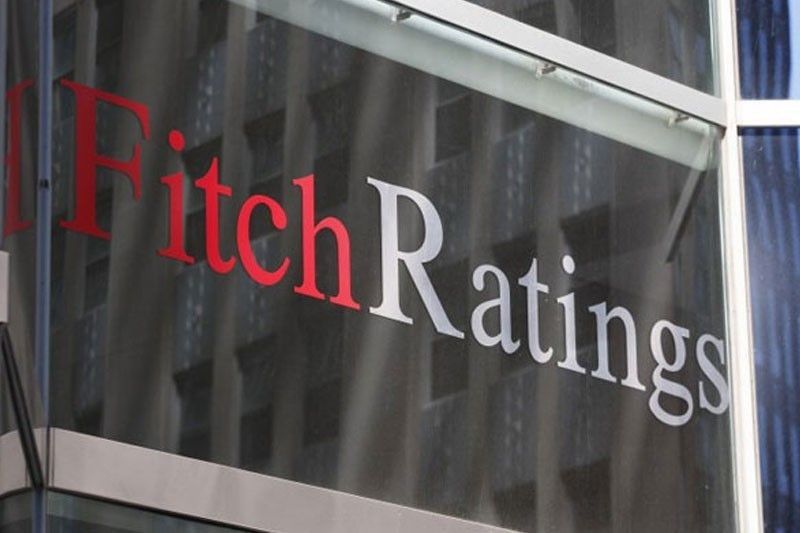Fitch affirms Philippines investment grade

MANILA, Philippines — Fitch Ratings has affirmed the investment grade BBB rating of the Philippines, but flagged downside risks to economic recovery from potential pandemic-related scarring effects as well as post-election uncertainty.
Despite the one notch above minimum investment grade rating, the debt watcher retained the Philippines’ negative credit rating outlook to reflect uncertainty about medium-term growth prospects as well as possible challenges in unwinding the policy response to the pandemic and bringing government debt on a firm downward path.
Fitch slightly upgraded the Philippines’ 2022 gross domestic product (GDP) growth forecast to 6.9 percent from the original target of 6.8 percent.
“This should be supported by a pick-up in vaccination rates, falling COVID infection numbers, normalized economic activity – particularly in services – after tight containment measures in 2020 and part of 2021,” Fitch said.
It said fiscal and monetary policy response, strong infrastructure spending and resilient remittances and exports are also boosting the recovery.
Fitch also took note of the growth in remittances from overseas Filipino workers (OFWs) as well as exports.
The latest growth projection of Fitch, however, is slightly below the seven to nine percent GDP growth target set by the Cabinet-level Development Budget Coordination Committee (DBCC) for this year.
For 2023, the credit rating agency slightly lowered its GDP growth forecast for the Philippines to seven percent from the previous forecast of 7.1 percent.
“Downside risks to the economic recovery stem from potential pandemic-related scarring effects on medium-term growth prospects and the risk of further COVID-19 waves from new variants,” Fitch said.
Likewise, it added that the national elections on May 9 also create uncertainty around the post-election fiscal and economic strategy.
“We assume broad policy continuity will be maintained given the Philippines’ record of a generally sound policy framework,” it said.
Fitch also cited the Philippines’ increasing infrastructure spending to 5.9 percent of GDP this year from 5.6 percent last year, narrowing budget deficit to 7.7 percent of GDP this year from 8.4 percent in 2021, and strong external payments position with a gross international reserves level of about $109 billion.
Despite the projected increase in the projected general government debt to 54.5 percent of GDP this year from 54 percent last year, the level is still below peer median’s 55.3 percent forecast.
Bangko Sentral ng Pilipinas (BSP) Governor Benjamin Diokno said that price and financial stability would help sustain Philippine economic recovery and growth.
“Besides improvement in the COVID situation amid rising vaccination rates, we also see that rising credit activities and a favorable inflation outlook will support growth moving forward,” Diokno said.
The BSP has maintained a loose and expansionary monetary policy stance, keeping interest rates at record lows for more than a year, to help the economy fully recover from the impact of the global health crisis.
But Fitch also cautioned the Philippine central bank on extending assistance to the national government such as the P540 billion provisional advance that was recently reduced to P300 billion.
“We regard this direct monetary financing as temporary amid the exceptional circumstances of the pandemic, but it could pose risks to policy credibility and macroeconomic stability if it continues beyond the immediate needs of the health crisis,” it said.
- Latest
- Trending






























